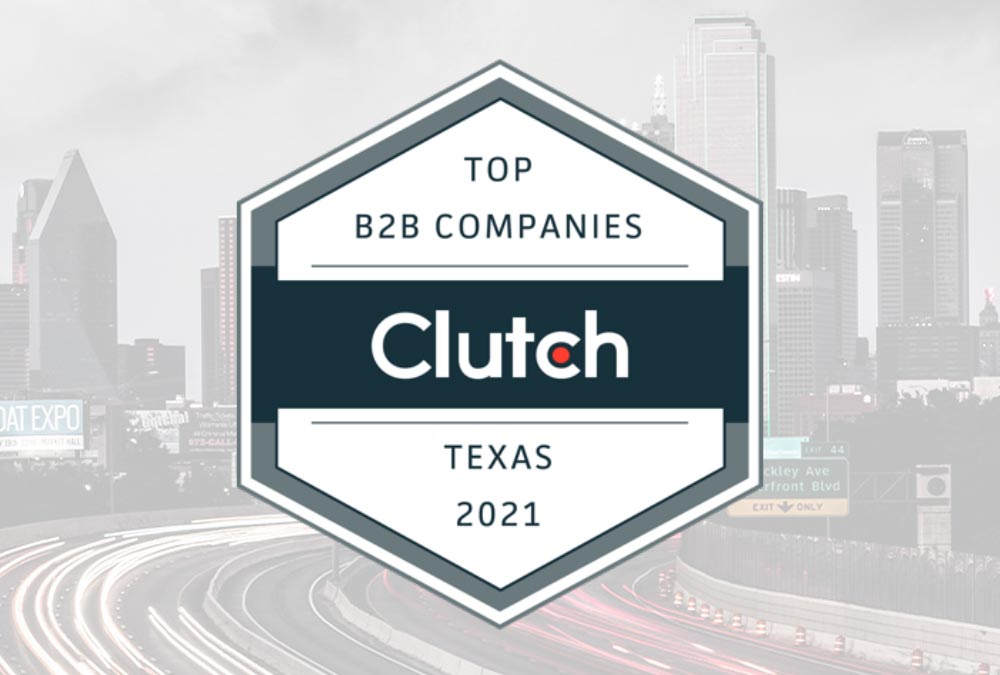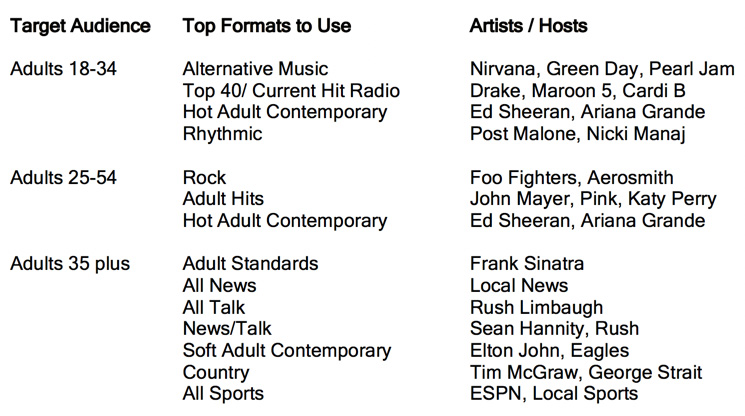
Two Ways to Increase Your Advertising ROI
There are many ways you can improve the results of your advertising campaign without increasing your investment. In over 30 years of managing advertising campaigns across a diverse set of industries here are some strategies we have found that can dramatically improve your results.
First: Develop more effective creative
Stephan Vogel, Ogilvy & Mather Germany’s chief creative officer says: “Nothing is more efficient than creative advertising. Creative advertising is more memorable, longer lasting, works with less media spending, and builds a fan community…faster.”
According to Nielsen 1, creativity drives 56% of a campaign’s sales ROI, and Google 2 reports that 70% of a campaign’s success is determined by the creative. Notice we did not say develop more expensive creative. Expensive advertising creative does not necessarily translate into more results.
Effective creative has critical elements that create desire and deliver response. One of the keys to creativity that produces results creative content that is solution-based and customer focused. When you show your prospects how you are going to help them solve a problem, save them time or money, or help them achieve their goals, then you have the foundation for solid creative.
Bad creative is vague. Have you ever watched or heard an ad and said to yourself “I have no idea what they are advertising.” That’s because the ad was vague. It did not give you any specifics to hold on to in order to move you from awareness to interest to action.
One way to deliver solution based creative is to have actual customer testimonials speaking about the experience they had and the benefit they received from your product or service. This gives you social proof. Social proof is a phenomenon where people follow and copy the actions of others in order to display accepted or correct behavior, based on the idea of normative social influence. This term was coined by Robert Cialdini, the same author who presented his six principles of persuasion. This helps your potential customer relate to your brand, feel comfortable using your service and sparks emotion. Testimonials are also usually very specific. They tell the before and after story of how your product or service actually delivered.
You also want to make sure your creative gives a call to action. Click here, call now, find out more, save now, act now, sign up here, get free information are just some simple three-word sentences that are powerful response drivers.
Second: Make sure you know your customer
Place your advertising where they watch, listen, read and spend their time. Do you know what motivates your typical customer to purchase? Do you know what they are passionate about or what emotions they are feeling when they are thinking about purchasing your product. Knowing customer motives will help guide both your creative and media decisions. In an article by Wes Morton titled “A marketers guide to modern media consumption by age group,” he gives these insightful and powerful insights.
- Tech adoption happens bottom up, from the youngest to oldest, necessitating new strategies to meet the younger generations where they are.
- As new generations mature into adulthood, their media habits crystalize while their buying power increases. Don’t forget about the wisest and biggest wallets in favor of chasing youth.
- No media really dies. Headlines like these are clickbait. The pie just shifts. Your marketing budget should reflect those consumer shifts.
Gen Z, people aged 12-25, are the socially conscious, woke, TikTok dancers that advertisers can’t talk enough about. This group can be boiled down to four channels: social, streaming TV, streaming music, and video games. That’s where 90% of your budget should go to reach ad land’s most desirable, youngest, and impressionable demographic. For young women, skew to streaming TV; for young men, invest more in video games. Social should be prioritized for each.
Millennials, consumers aged 26-44, embody digital disruption, inheriting their name from the millennia transition and Y2K. With the most dispersed media habits on our list, millennials epitomize the move to digital with the adoption of the internet, iPhone, and social. This shift has caused them to share media habits from both older and younger generations.
Gen X shares distributed media consumption with the millennial audience, albeit skewing toward older media forms like traditional TV. Curiously, Gen X also consumes the least amount of media at roughly eight hours. This generation is most likely to still have their pay TV bundles as well as new streaming TV subscriptions.
Gen X is busy. They are the most likely to be parents (of Gen Alpha) and occupy senior work positions. Although the least covered in advertising trades, they have the highest disposable income of any generation, according to the World Economic Forum.
Boomers love traditional TV. This is your dad who sends you clips from FOX News, CNN or MSNBC on how the country is going to hell. Boomers are the most likely to have pay TV packages, watching roughly 4.5 hours each day, almost 50% of their total media consumption.
When they are not parked in front of the TV, Boomers dabble in social media and streaming TV. All advertising that seeks to reach this audience should have TV buys baked in. The original TV generation are still the OG couch potatoes. They will have the cable plugged in for the foreseeable future but will slowly adopt new media to connect to post awkward comments to their kids and grandkids.
https://www.thedrum.com/profile/creativ-strategies/news/a-guide-to-modern-media-consumption-by-age-group






